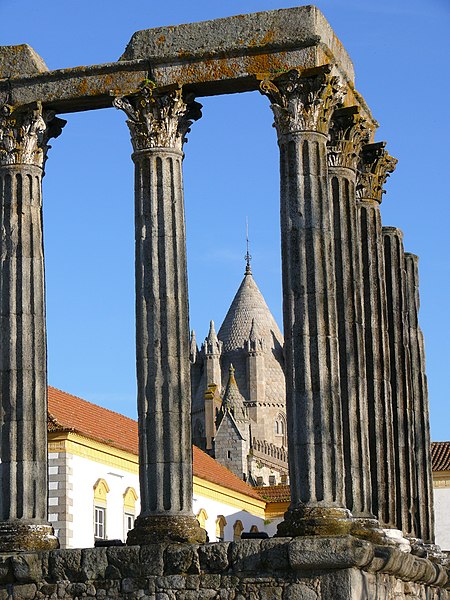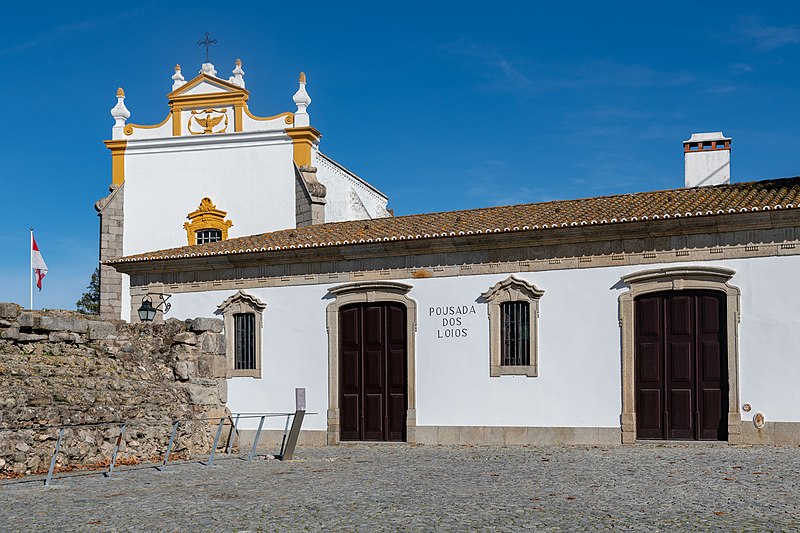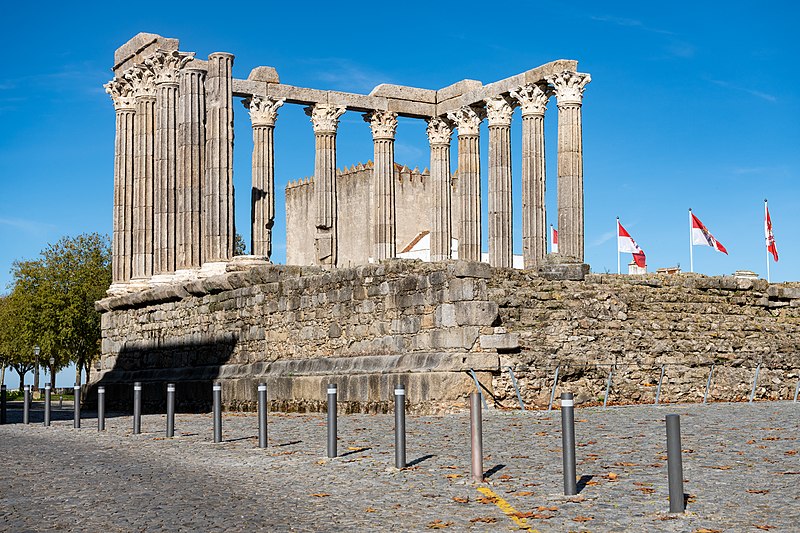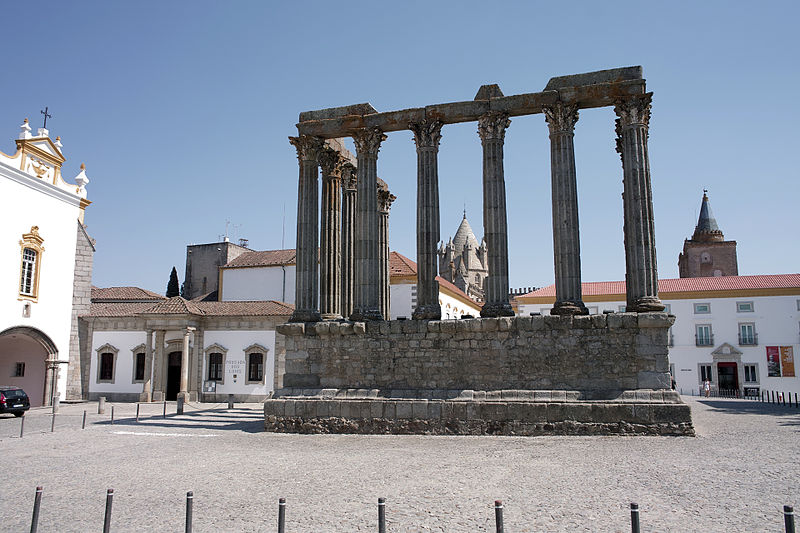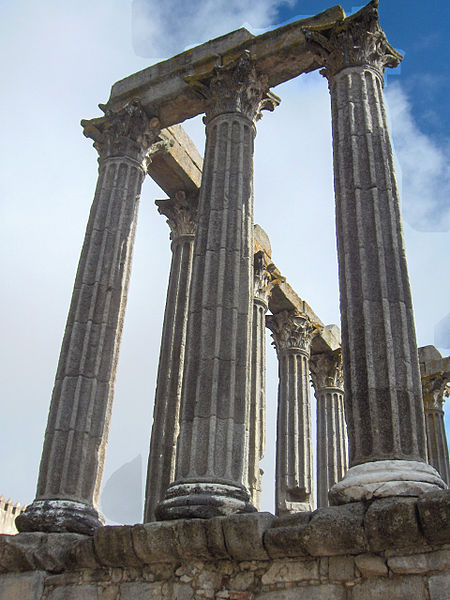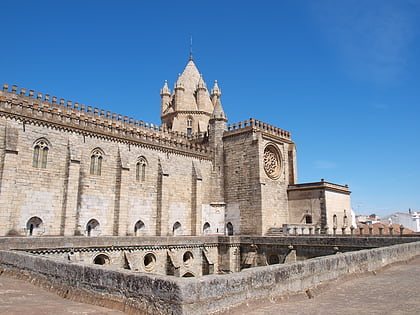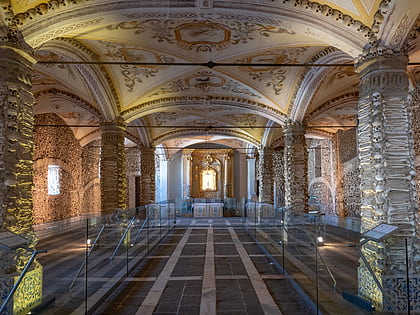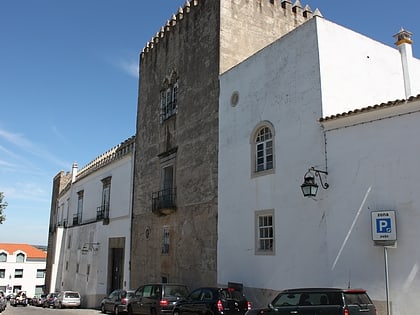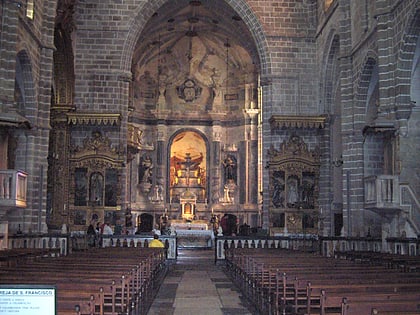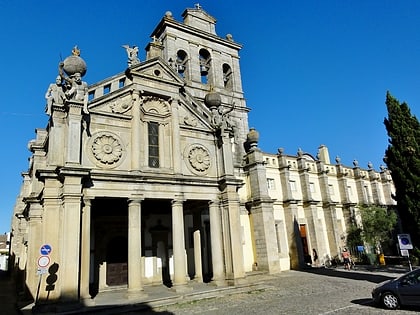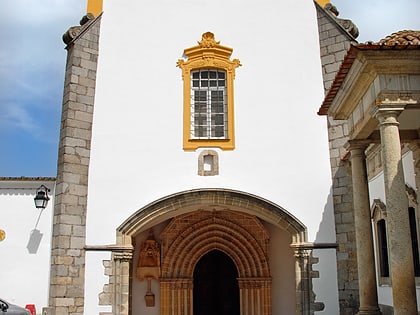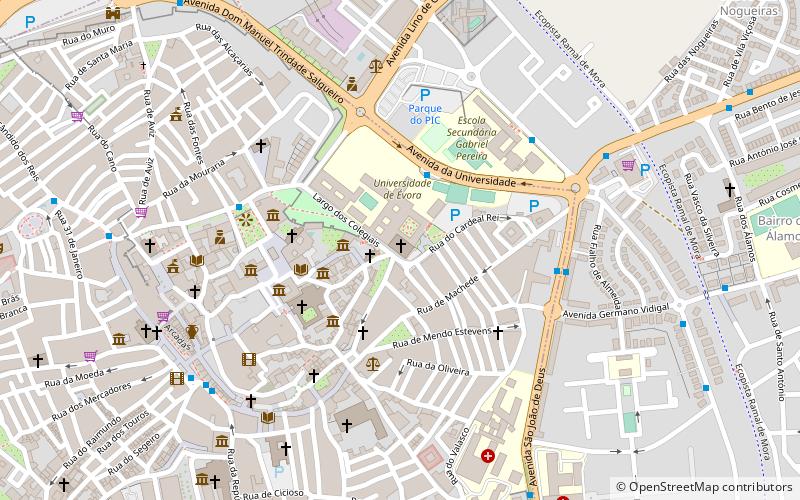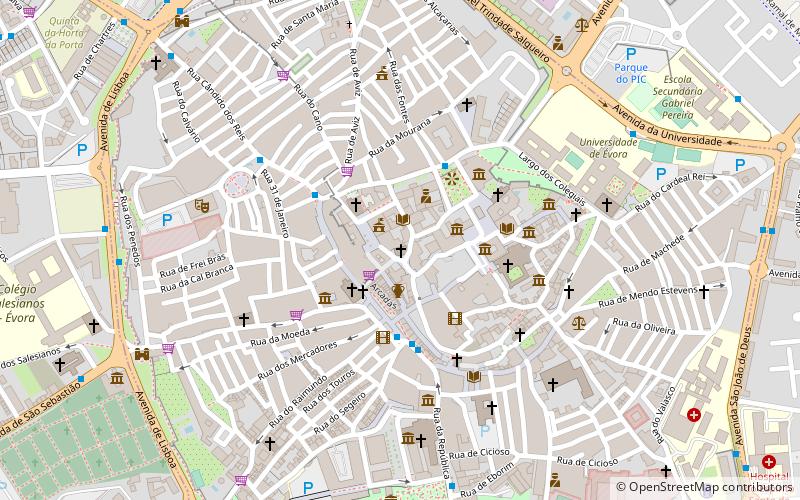Roman Temple of Évora, Évora
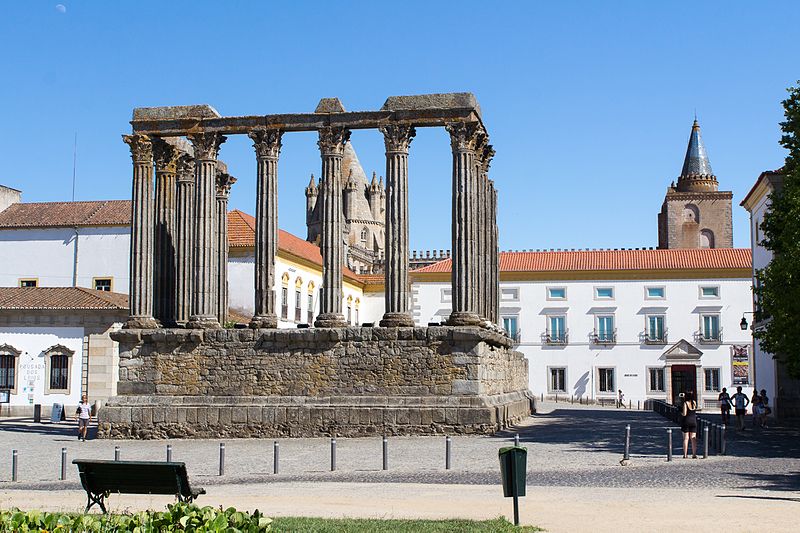
Facts and practical information
The Roman Temple of Évora, also known as the Temple of Diana, is a well-preserved ancient structure that stands as a testament to the historical grandeur of Évora, a UNESCO World Heritage city in Portugal. This iconic edifice, dating back to the 1st century AD, is one of the most significant landmarks of the Roman presence in the region.
Nestled in the heart of the city, the Roman Temple of Évora is a striking example of classical architecture. It is believed to have been constructed in honor of Emperor Augustus, who was venerated as a god during and after his reign. Over the centuries, the temple has remarkably withstood the test of time, surviving not only the fall of the Roman Empire but also the subsequent periods of history that often led to the destruction of such ancient edifices.
The temple's original structure consisted of granite columns arranged in a hexastyle design, meaning it had six columns at the front. Today, fourteen of these Corinthian columns still stand, complete with their capitals and the architrave, displaying the exquisite craftsmanship of the era. The base of the temple, known as the podium, elevates the structure and adds to its majestic appearance, making it a prominent feature in the city's skyline.
Although commonly referred to as the Temple of Diana, there is no conclusive evidence to link the temple to the Roman goddess of the hunt. The association is likely a result of a legend or misunderstanding in the Renaissance period. Despite this, the name has endured and adds a layer of mythic intrigue to the site's history.
The Roman Temple of Évora is not only a significant archaeological site but also a cultural centerpiece that draws visitors from around the world. It serves as a vivid reminder of the ancient city's past and the enduring legacy of the Roman Empire in the Iberian Peninsula.
Visitors to the temple can explore the surrounding area, which is rich in history and includes other notable landmarks such as the Évora Cathedral and the University of Évora. The temple itself is accessible to the public, offering an immersive experience for those looking to connect with the past.
Roman Temple of Évora – popular in the area (distance from the attraction)
Nearby attractions include: Cathedral of Évora, Capela dos Ossos, Palácio Cadaval, Igreja de São Francisco.
Frequently Asked Questions (FAQ)
When is Roman Temple of Évora open?
- Monday 24h
- Tuesday 24h
- Wednesday 24h
- Thursday 24h
- Friday 24h
- Saturday 24h
- Sunday 24h
Which popular attractions are close to Roman Temple of Évora?
How to get to Roman Temple of Évora by public transport?
Bus
- Rua do Menino Jesus • Lines: 21, 23, 24, 25, 31, 32, 33, 34, 41 (2 min walk)
- Praça de Giraldo • Lines: 31, 32, 41 (5 min walk)
Train
- Évora (22 min walk)


